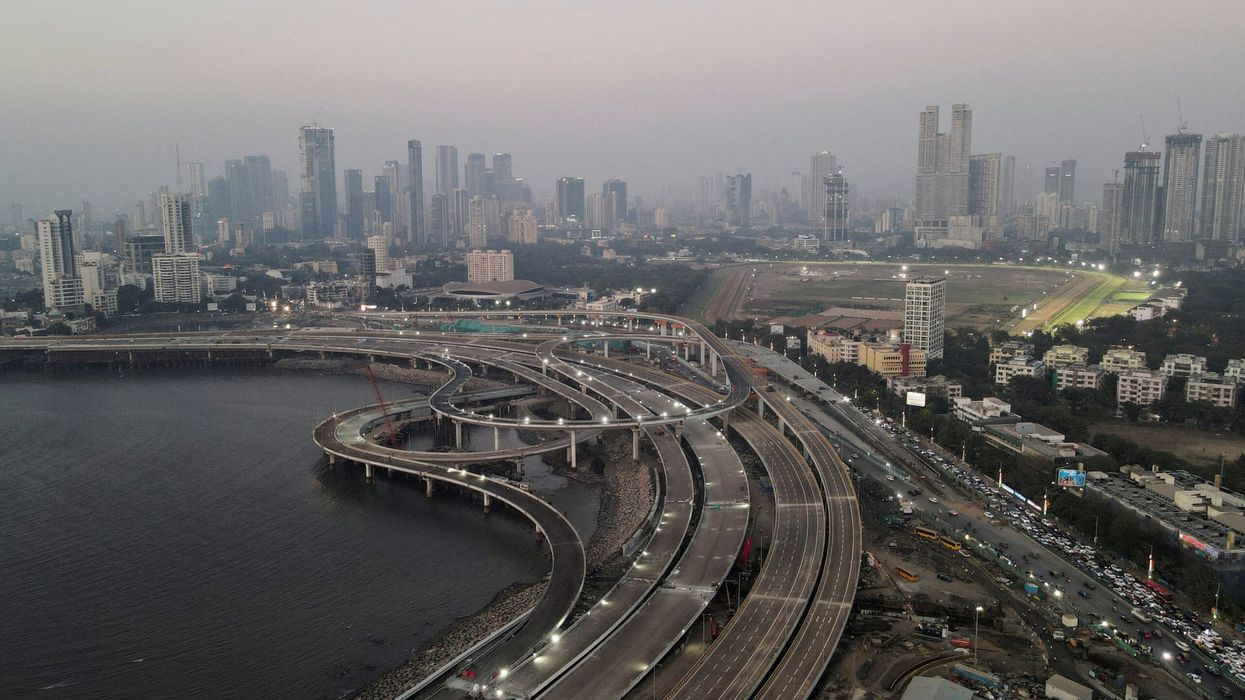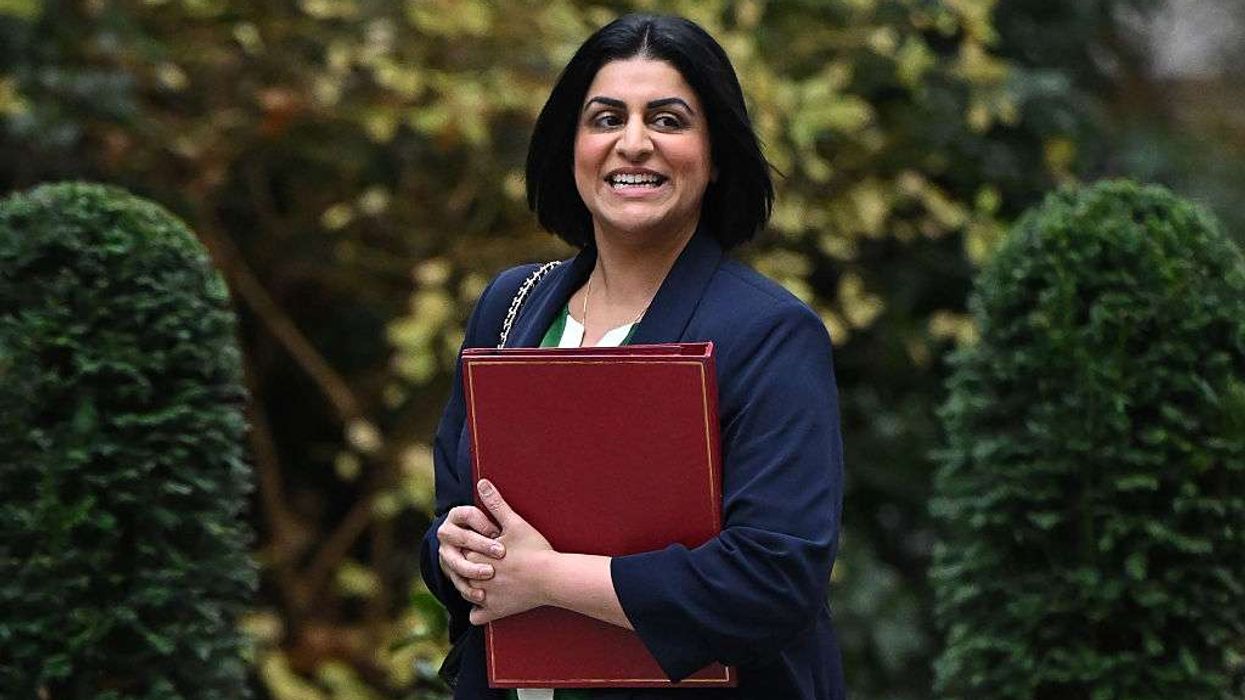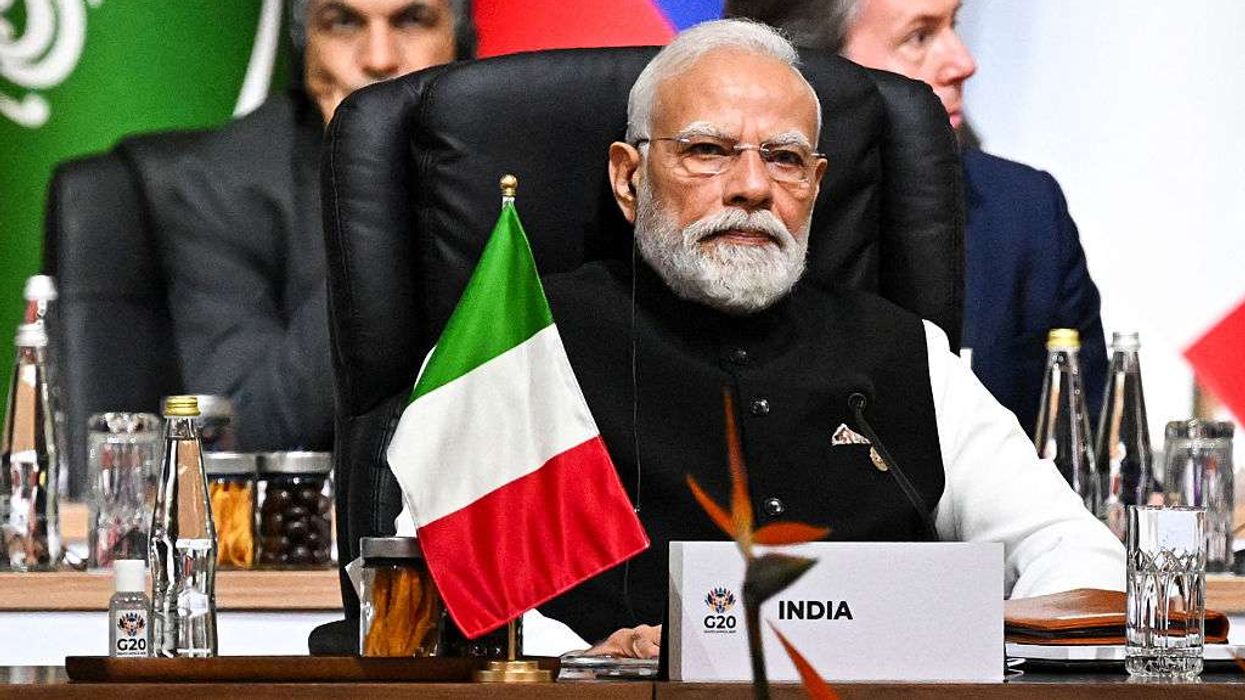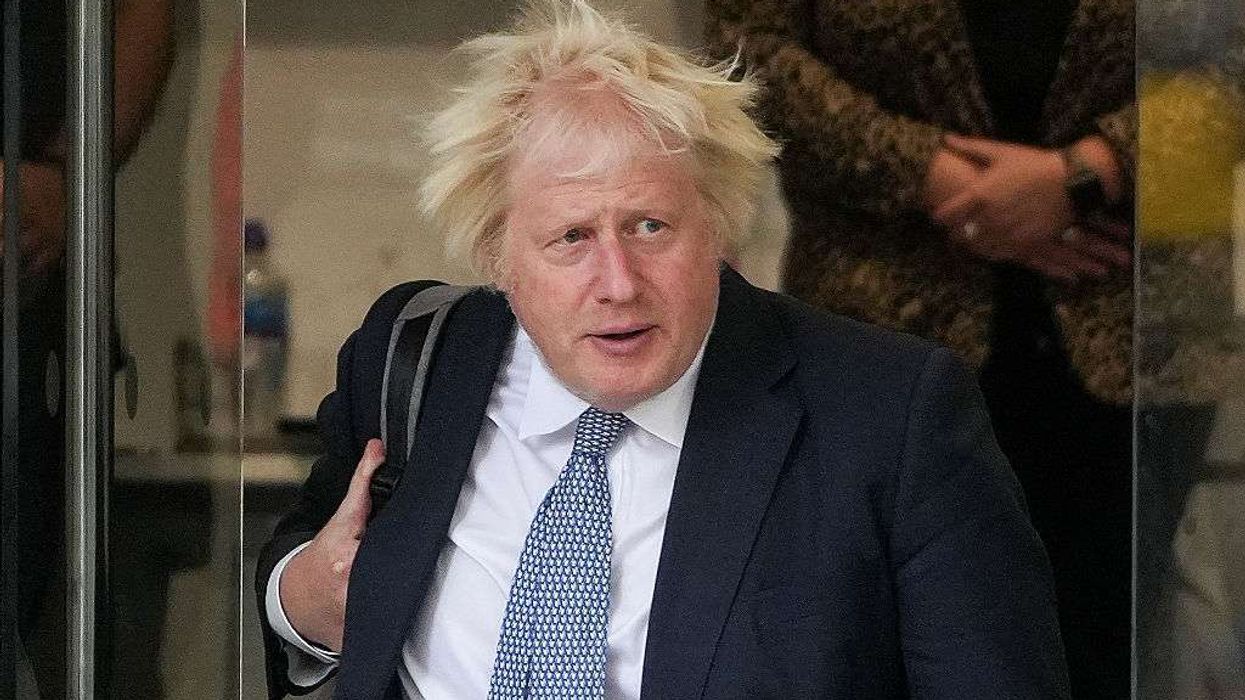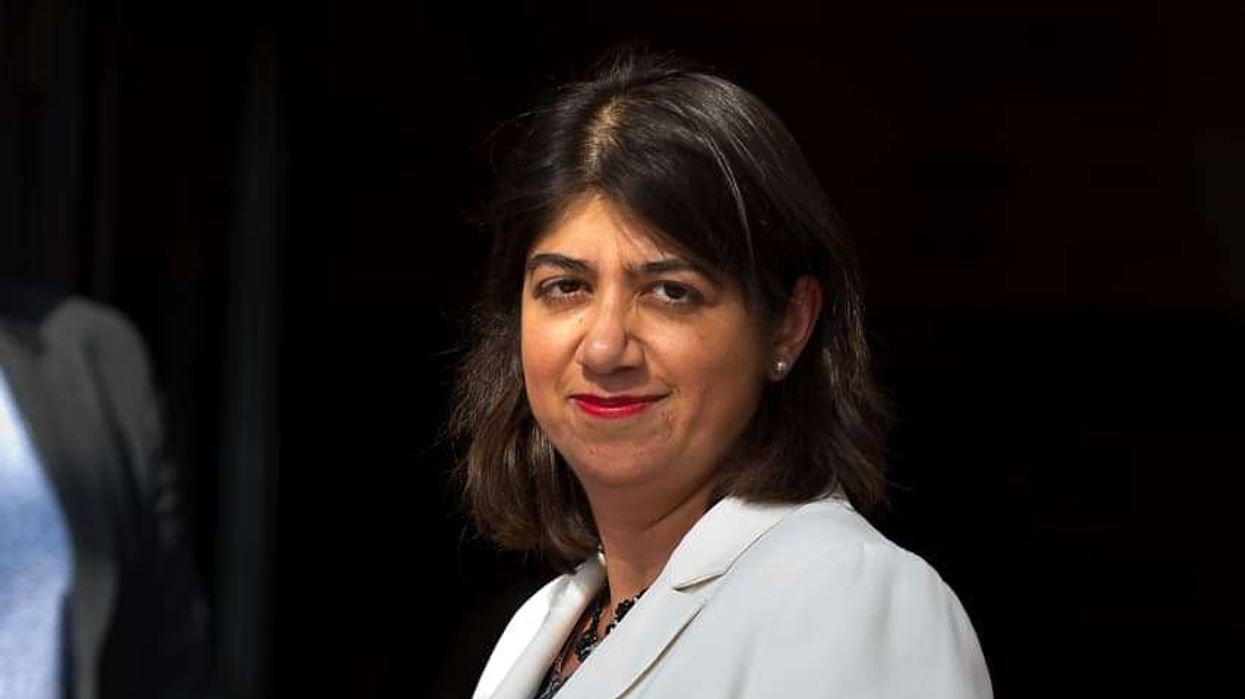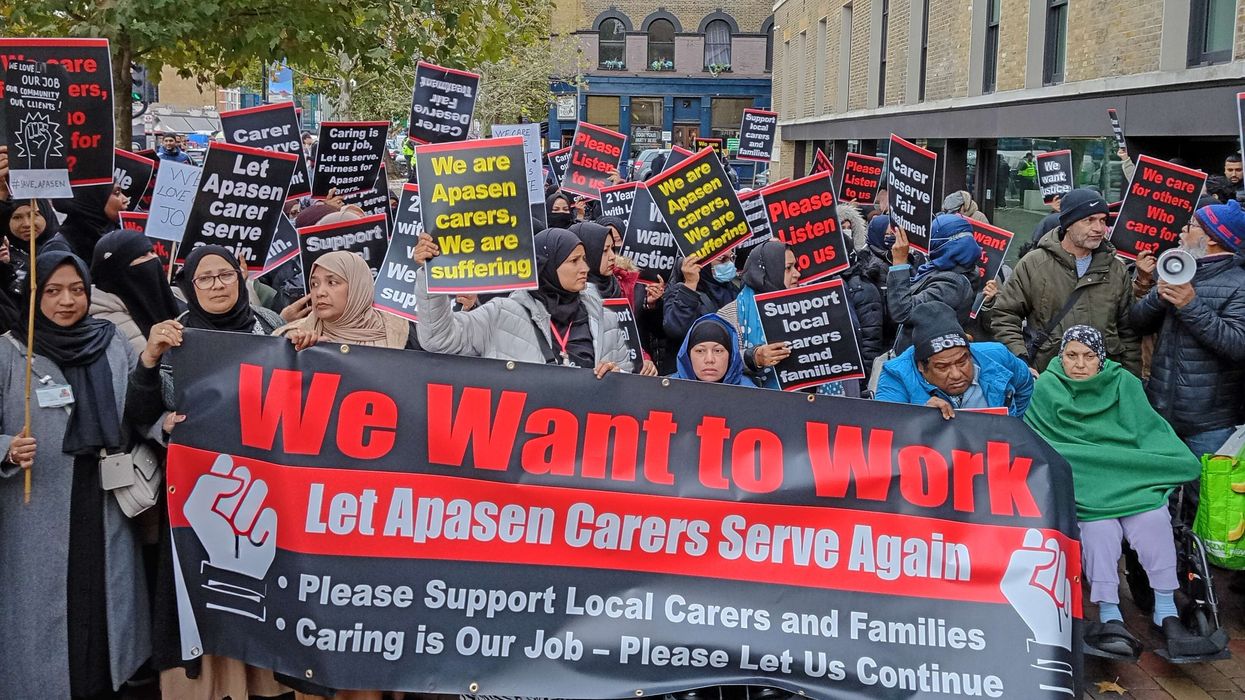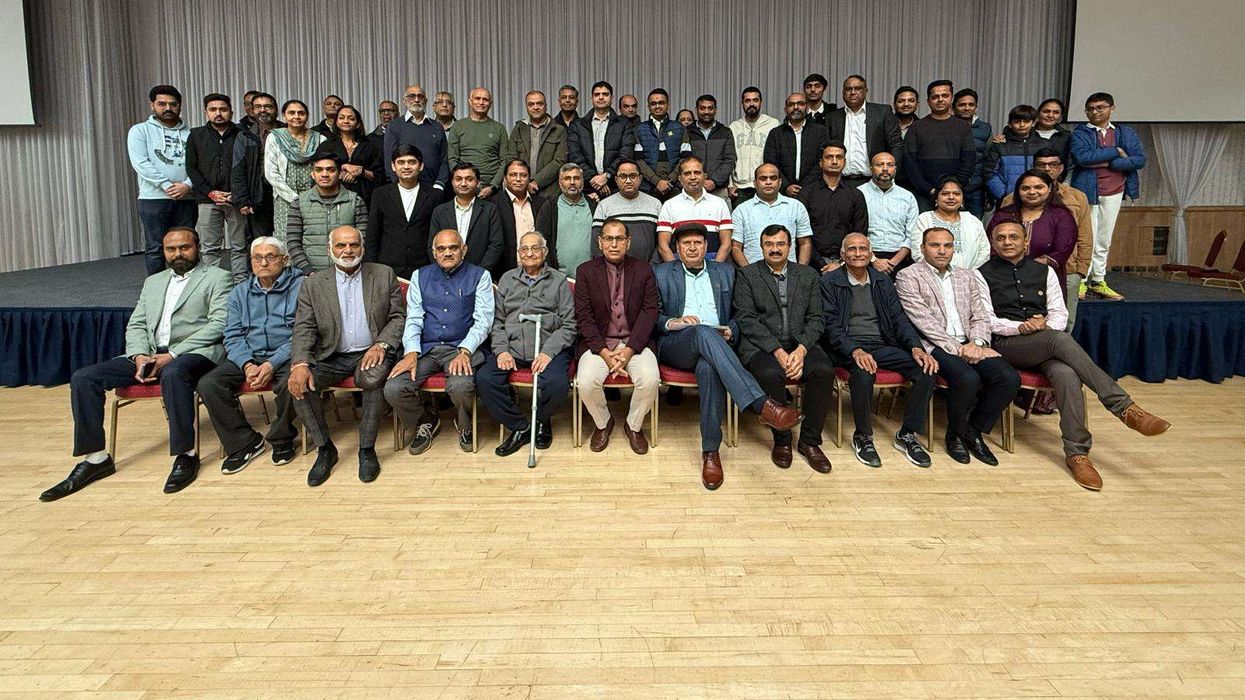Highlights:
- India’s GDP grew 7.8 per cent in April-June, beating forecasts of 6.7 per cent.
- US has double tariffs on Indian imports to 50 per cent, raising export concerns.
- Consumer spending rose 7.0 per cent year-on-year, driven by rural demand..
INDIA’s economy expanded faster than expected in the April-June quarter, even as higher US tariffs on Indian imports are set to weigh on activity in the coming months.
The United States has doubled tariffs on Indian goods to as high as 50 per cent over New Delhi’s continued purchases of Russian oil. The move puts India among the hardest-hit US trading partners alongside Brazil, with economists warning that exports such as textiles, leather goods and chemicals could be affected.
Government data released on Friday showed gross domestic product (GDP) grew 7.8 per cent in Asia’s third-largest economy in the April-June period, compared to 7.4 per cent in the previous quarter. Growth was stronger than the 6.7 per cent expansion economists had forecast in a Reuters poll.
Gross value added (GVA), considered a clearer measure of underlying economic activity, rose 7.6 per cent in April-June, up from 6.8 per cent in the previous three months. GVA excludes indirect taxes and government subsidies.
At this pace, India remains one of the fastest-growing major economies, though the outlook for exports has weakened after US President Donald Trump’s tariff hike.
“The surprise acceleration in GDP growth in the April-June quarter means that the economy is still on course to expand by a world-beating 7 per cent this year, despite the upcoming hit from punitive US tariffs,” Capital Economics said in a note.
The Reserve Bank of India expects the economy to grow 6.5 per cent in the fiscal year ending March 2026. Earlier this month, it kept its benchmark interest rate unchanged at 5.50 per cent.
Consumer spending rises
Private consumer spending, which accounts for around 57 per cent of GDP, rose 7.0 per cent year-on-year in April-June, up from 6 per cent in the previous quarter. Growth was supported by higher rural spending and demand for durables and farm equipment such as tractors.
Prime Minister Narendra Modi’s government has pledged support for sectors affected by US tariffs and said it would propose tax cuts to boost domestic demand. Income taxes were reduced starting April.
“Private consumption is supported by tax relief, rate cuts, crops sowing, though households may defer discretionary purchases until proposed consumption tax cuts take effect in the festive season,” said Aditi Nayar, chief economist at ICRA ratings agency.
Government spending increased 7.4 per cent in April-June, compared to a 1.8 per cent decline in the previous quarter. Capital expenditure grew 7.8 per cent, though some private firms held back investments amid global uncertainty following Washington’s tariff hikes.
Manufacturing output rose 7.7 per cent year-on-year in the first fiscal quarter, up from 4.8 per cent in the previous quarter. Construction expanded 7.6 per cent, down from 10.8 per cent. The agriculture sector grew 3.7 per cent, compared to 5.4 per cent in the previous three quarters.
US tariffs weigh on outlook
Economists warned that growth could slow once the impact of higher US duties is felt.
Indian government sources said New Delhi hoped Washington would reconsider the extra 25 per cent tariff imposed this week, which raised the duty on a range of imports to 50 per cent. However, there have been no signs of new talks.
The 50 per cent tariff could hurt exports and have a “domino effect on employment, wages and private consumption,” further affecting private investment and growth, said Madhavi Arora, chief economist at Emkay Financial Services.
Exporter groups estimate the tariffs could hit nearly 55 per cent of India’s $87 billion in merchandise exports to the US, while benefiting competitors such as Vietnam, Bangladesh and China.
Some economists warn prolonged tariffs could reduce India’s growth by 0.6 to 0.8 percentage point over a year, as weaker exports limit its role as an alternative manufacturing hub to China.
While real GDP growth remains firm, nominal GDP growth—which includes inflation—slowed to 8.8 per cent in April-June after averaging almost 11 per cent in the previous eight quarters. Analysts say this may weigh on corporate profits and stock indexes.
India’s rupee fell to a record low of 88.30 to the dollar on Friday as US tariffs took effect, while benchmark equity indices were set for a second straight monthly decline.
(With inputs from agencies)
